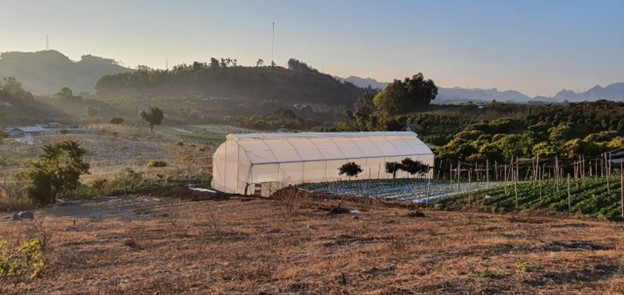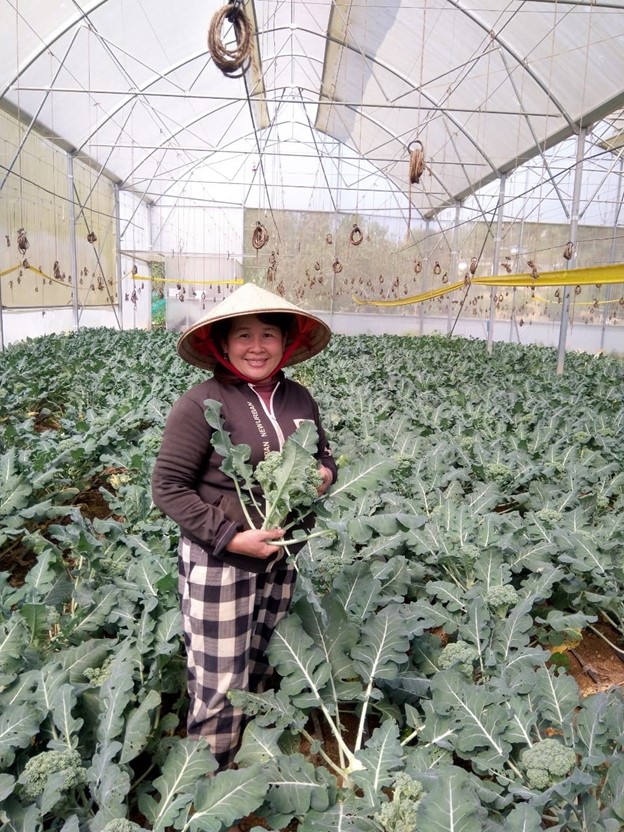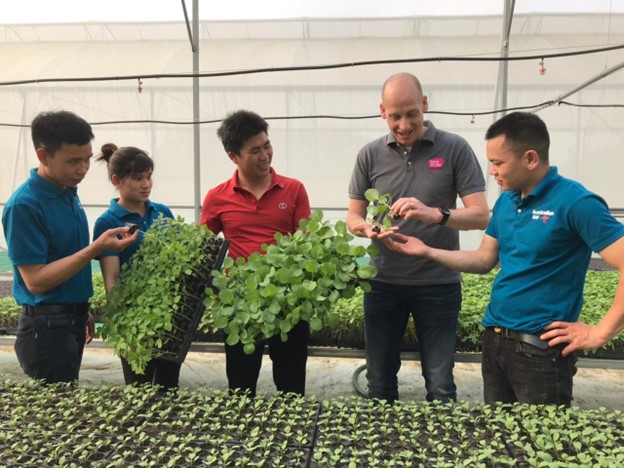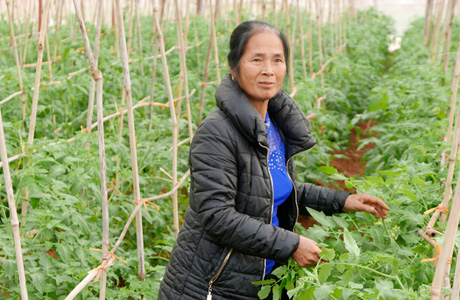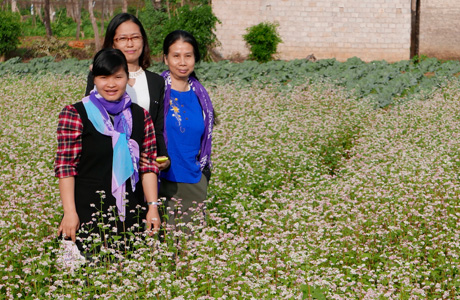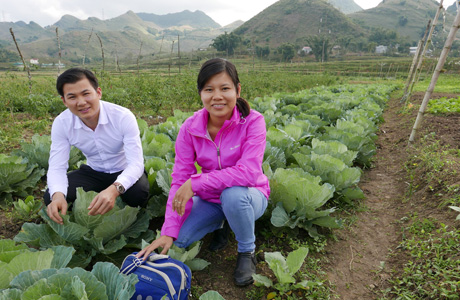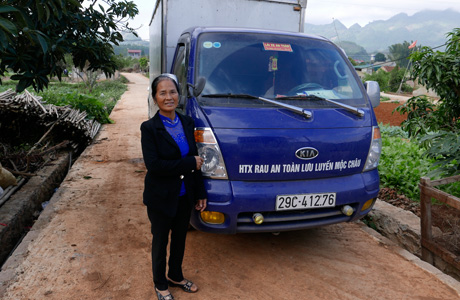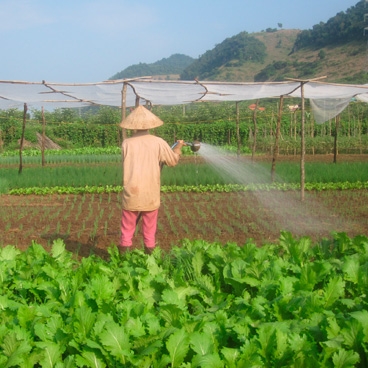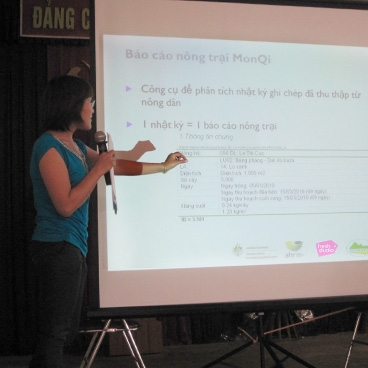There are great opportunities to increase vegetable production in Son La and through these vegetable value chains empower local ethnic women and increase their technical as well as their management skills.
Successful vegetable production starts with access to good quality seeds, seedlings and access to knowledge and technologies for more advanced vegetable production. Without ensuring that these points are well implemented and present locally it will be difficult to bring vegetable production chains to a higher level.
This project will enable access to good quality seeds, seedlings and knowledge and technologies for more advanced vegetable production to hundreds of local farmers and farmers groups, specifically targeting ethic women.
Project objectives
- Establishment of a seedling production sector creating increased capacity, additional income and jobs for ethic women in Moc Chau and Van Ho, with further upscaling in other areas.
- More professional vegetable production resulting in better quality vegetables, produced year-round, in compliance with Viet GAP and against a better cost price generating higher incomes for over 500 famer households in Moc Chau and Van Ho and other areas in Son La province.
- Establishment of 13 successful agri-businesses led and managed by women.
- Creation of new and stable jobs within the agriculture sector suitable for local women.
- Increased capacity of over 350 local women in technical and management skills through extension services, field days and training sessions
- Accelerate the development of an inclusive, sustainable and modern horticulture production sector in Son La province
- Increased cooperation between the public and private sector to develop the horticulture sector in Son La providing women more choice to beneficially engage in agriculture.
Project donor
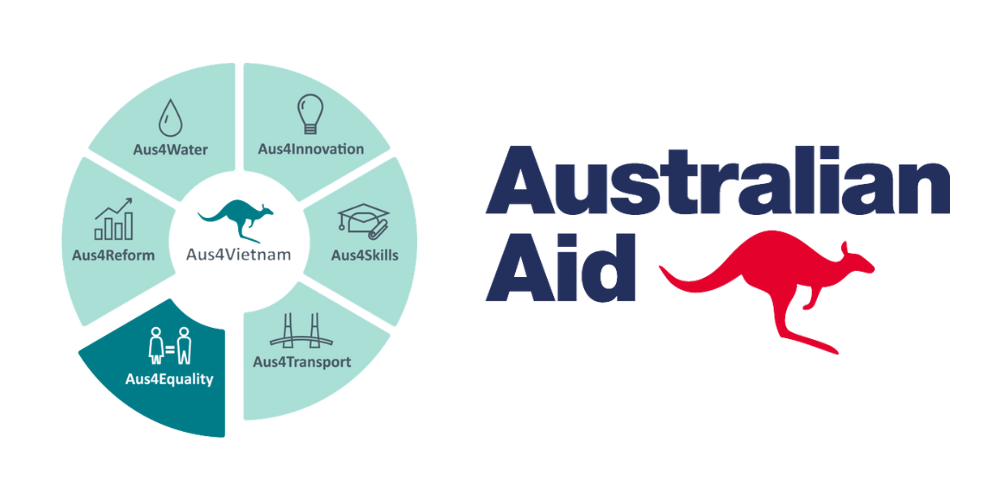
Project partners
- Applied Horticultural Research
- BvB Substrates
- Royal Brinkman
- Semillas Fito
- Semences Gautier
- Fresh Studio




